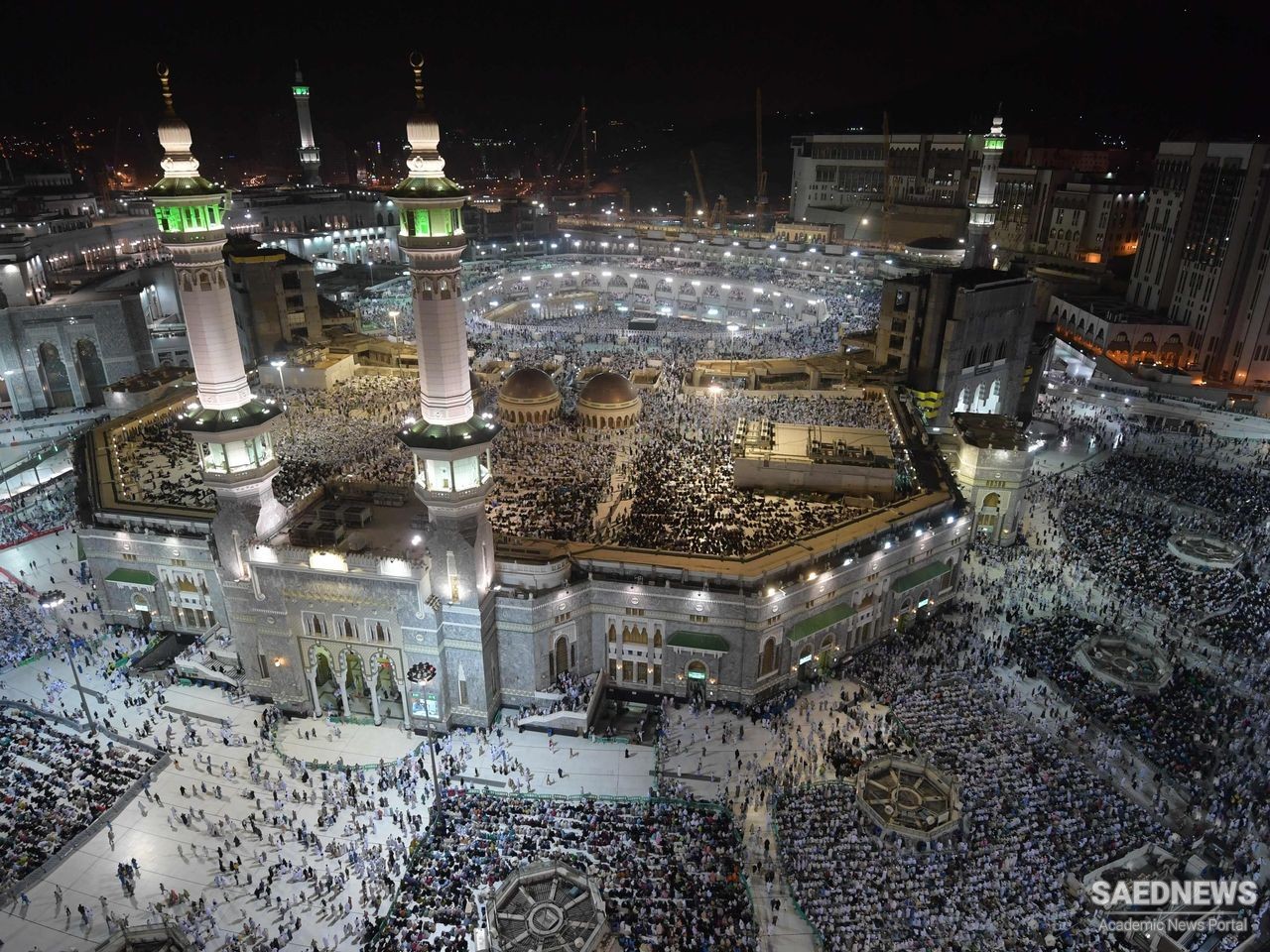The earliest of what may be called proto-messianic trends appeared in North Africa as part of a greater religious revival in the peripheries of the Islamic world. Inspired by such figures as Shaykh Ahmad Sirhindi (1564–1624), founder of the Mujaddidiyya Sufi order in India, and Muhammad ibn 'Abd al-Wahhab (1703–92), founder of the Wahhabi puritanical move ment in the Arabian peninsula, the most significant among North African trends were the Tijaniyya and Idrisiyya neo-Sufi orders at the turn of the nineteenth century, followed by the Sanusiyya order a few decades later. Differences aside, all these orders were founded by charis matic figures with puritanical proclivities and with intuitive and visionary aspirations calling for the austere observance of a monolithic shari'a and repudiation of any monistic notion of the divinity. Warning against alien infiltration into the domains of Islam and denouncing as hereti cal any form of “innovation” (bid'a) in religion, these mystic guides looked upon the pristine Islam of the Prophet’s time as the only sacred model for emulation, a tendency that often was complemented by a claim to receive guidance from the Prophet himself. “The Muhammadan Way” (Tariqa Muhammadiyya) thus entailed a call against normative and popular Islam and toward restoration of a utopian community on the model of the Prophet’s time. Endogenous to North African Islam, this pattern of Mahdism went back in time to the Almohad movement of Ibn Tumart (c.1078–1130) and before.


 Apocalypticism in Islamic Context: Renewal of Millennial Ideals under a New Revelation
Apocalypticism in Islamic Context: Renewal of Millennial Ideals under a New Revelation














































